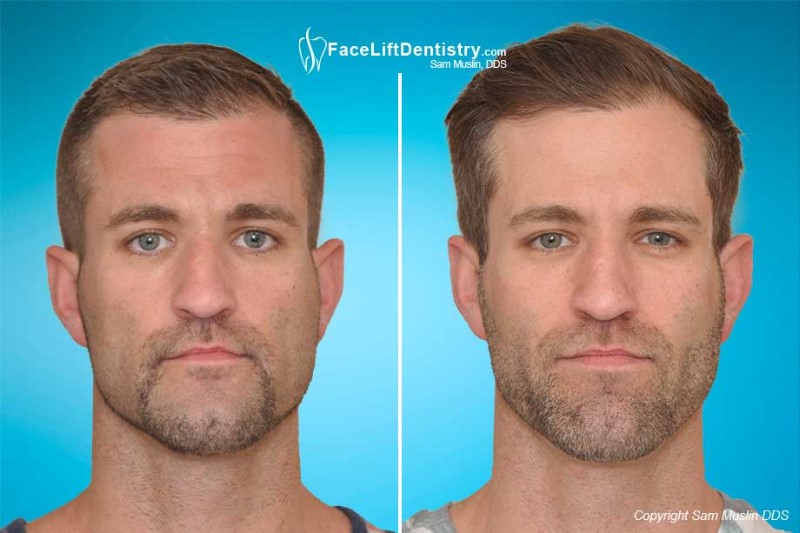

make an incision in the gums above your upper teeth, allowing them to access the bones of your upper jaw.midfacial hyperplasia, which is a condition where growth in the middle portion of your face is reducedĭuring this procedure, your surgeon will:.a crossbite, which is when some of your bottom teeth sit outside of your upper teeth when your mouth is closed.an open bite, which is when your back teeth ( molars) don’t touch when your mouth is closed.an upper jaw that protrudes or recedes significantly.Maxillary osteotomy is the surgery that’s done on your upper jaw ( maxilla).Ĭonditions that may call for maxillary osteotomy include: The optimal time for jaw surgery is after the jaw has stopped growing, typically in the late teens or early 20s. addressing breathing problems, such as mouth breathing and obstructive sleep apnea.making activities like biting, chewing, or swallowing easier.preventing further wear and tear to your teeth.repairing an injury or congenital condition involving the face, such as a cleft palate.helping ease pain due to a temporomandibular joint (TMJ) disorder.correcting conditions that affect the symmetry of your face.adjusting your bite, which is how your teeth fit together when your mouth is closed.Some examples of things that jaw surgery can help with include: Your orthodontist and oral surgeon will work together to help develop a treatment plan that’s appropriate for your condition. Orthodontics is a specialized type of dentistry concerned with the positioning of the jaws and teeth. A palate expander is the simplest and most affordable option, landing between $2,000 and $3,000.Jaw surgery may be recommended if you have a jaw issue that can’t be addressed with orthodontics alone.Braces for children and for adults can range from $3,000 to $7,000.Jaw surgery is typically the most expensive option, costing over $20,000.

Without insurance, your costs will continue to vary according to the degree of treatment you need to correct a crossbite. Some dental insurance may cover crossbite treatment for dependent children if orthodontics are included in your insurance plan.ĭental insurance plans rarely cover orthodontic treatment for adults, but it may be worth inquiring about, especially if your treatment is deemed medically necessary.

In these instances, a dentist or doctor can advocate for your insurance company to cover the cost of crossbite treatment. That is, if your crossbite is causing side effects negatively affecting your quality of life.

Medical insurance may cover some of your crossbite treatment if it’s classified as medically necessary. While it heals, you may need to get additional treatments, such as braces, to ensure that the crossbite is fixed. The goal of jaw surgery is to reset and correctly align your jaw. elastics that are prescribed by an orthodontistįor adults with a more severe crossbite, jaw surgery may be recommended.Traditional braces or dental headgear may also be used as a form of treatment.Īdults who have milder cases of crossbite can also use orthodontic treatments, including: When the jaw is still developing during childhood, palate expanders can be used to widen the roof of your mouth and treat a crossbite. If a crossbite is identified during childhood, treatment can begin before age 10. It can take anywhere from 18 months to 3 years to correct a crossbite. Treatment times for adults and children vary widely, depending on the severity of the crossbite. Crossbites are typically corrected using orthodontic devices or surgical treatment methods.


 0 kommentar(er)
0 kommentar(er)
